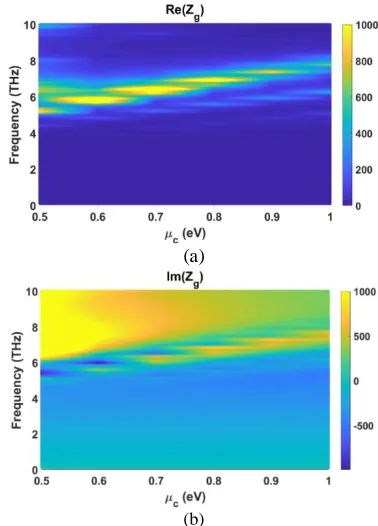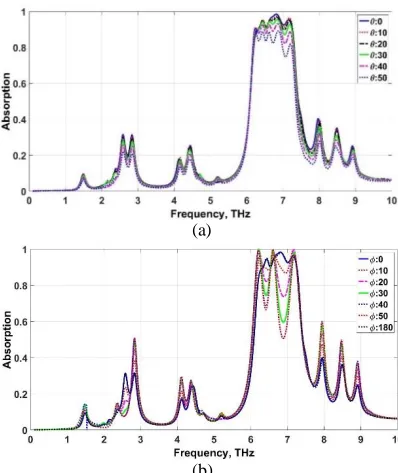Dual-band, Dynamically Tunable Plasmonic Metamaterial Absorbers Based on Graphene for Terahertz Frequencies
Full text
Figure




Related documents
Developing predictive modelling solutions for such disease related risk of readmissions is extremely challenging in healthcare informatics due to high dimensionality
and the path induced by applying the originally given UIO sequence of end(U) at end(ti). Consider the two test segments for transitions £9 and £20 in MD- We have p$ = tgtutu and. P20
Since tail “don’t care” (represented as “X” hereafter) bits are unnecessary in reality, the prefix of the yes-plane will be aligned to the left side of the TCAM array, and
Production of tiles is more when compared with conventional machine, because in this work a technique in which two tiles can be cut at a time is used, sothat production
Knowledge acquisition – The capture of expert knowledge to be codified and stored in a knowledge base that can be accessed by a decision support system to make informed
SecCloud introduces AN auditing substance with maintenance of a Map Reduce cloud, that assists customers with generating knowledge labels before uploading and to
The utilization of additional information has been approached in recent years to try to overcome the challenges posed by object detection. Plenty of approaches
flux rates, the percentage of bacterial (% Bacteria) or fungal (% Fungi) contributions to flux. rates, the fungal-to-bacterial contribution ratio (F:B), the percentage of reduction